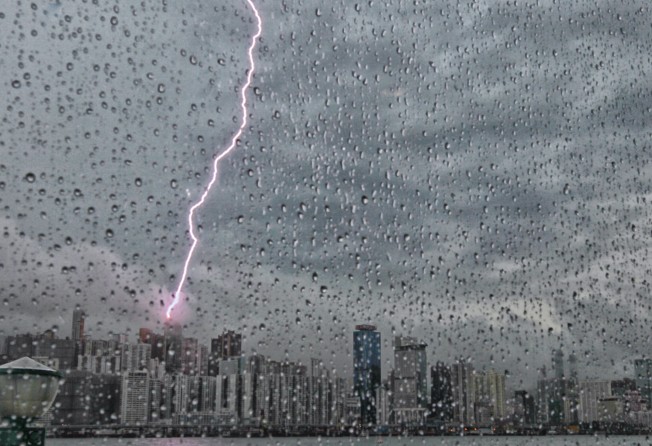Human influence through greenhouse gas emissions proved

I would like to highlight the misinformation contained in the letter by G. Bailey ("Sea levels rising since last ice age", December 24).
According to the report of the Intergovernmental Panel on Climate Change www.climatechange2013.org which represents the consensus of climate scientists worldwide, the rate of sea level rise since the mid-19th century has been larger than the mean rate during the previous two millennia. The rate of sea level rise continued to increase in the past couple of decades.
A recent study by the US National Oceanic and Atmospheric Administration (www.noaanews.noaa.gov/stories2014/20141218_sealevelrise.html) showed that by 2050, a majority of US coastal areas would likely be threatened by 30 or more days of flooding each year due to the sea level rise.
Regarding extreme weather events, I refer your readers to the annual statement on the status of the global climate issued by the World Meteorological Organisation www.wmo.int/pages/mediacentre/press_releases/pr_1009_en.html which gives a very good account of the occurrences of extreme weather events around the world. For example, the UK was affected by successive storms in early 2014 and experienced the wettest winter in England and Wales since 1766 www.metoffice.gov.uk/news/releases/archive/2014/early-winter-stats
A computer simulation study (reported in The Guardian on April 30) has shown that a previously one-in-100-years winter extreme rainfall event in the south of England is now estimated to be a one-in-80-years event due to human influence through greenhouse gas emissions.
Locally, Hong Kong experienced record-breaking summer months in 2014 with the average temperature of June-September reaching the highest since records began in 1884. A simple law of physics tells us that warm air has the capacity to hold more moisture. So when it rains, it pours. A heated land surface under high temperatures will also trigger more heavy rain and thunderstorms.
We are already seeing both trends here in Hong Kong. Hourly rainfall records used to take several decades to be broken; but new records have been set several times in the past couple of decades, and the latest by a wide margin (from 115.1 mm in one hour in 2006 to 145.5 mm in one hour in 2008). And it is also official that thunderstorm activities in Hong Kong were the most frequent ever in 2014, with a total of 59 thunderstorm days registered www.weather.gov.hk/blog/en/archives/00000167.htm
Lee Sai-ming, senior scientific officer, Hong Kong Observatory